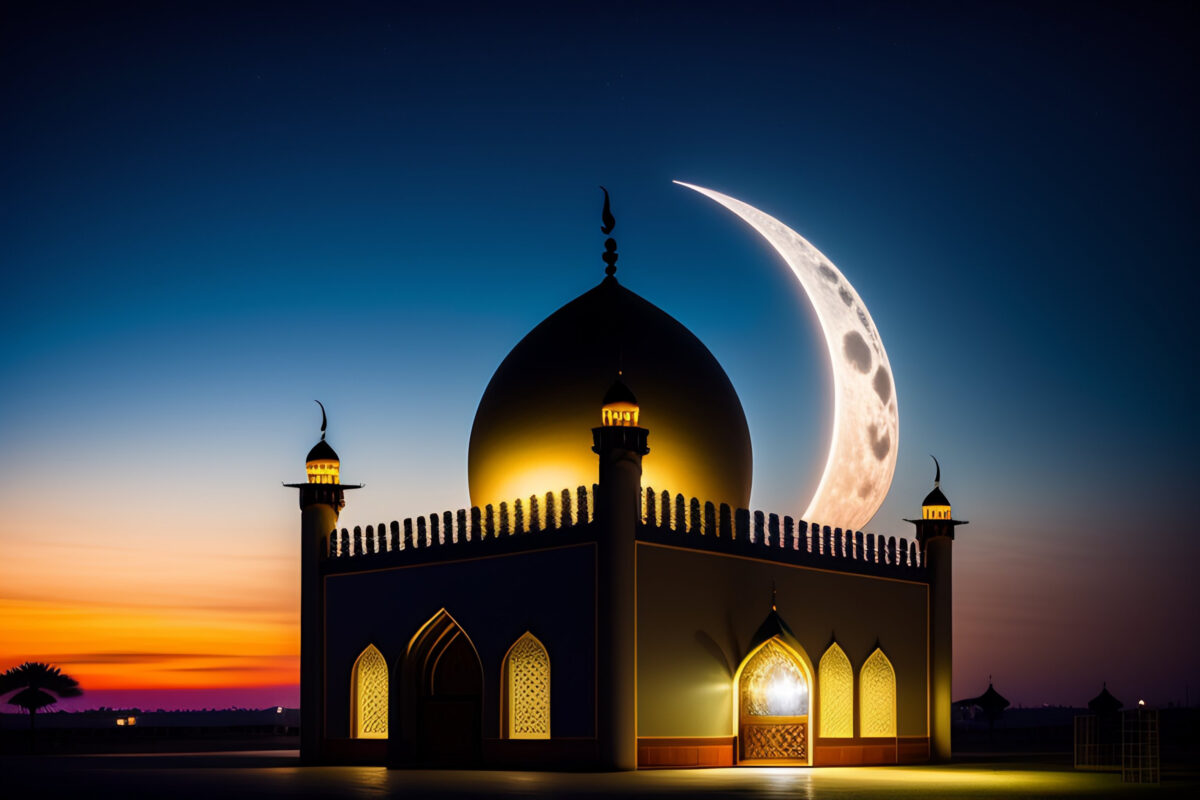Explore The Sacred Connection Between Umrah and Muharram

Introduction
Muharram holds a significant place in the Islamic calendar as one of the four sacred months during which warfare is forbidden and acts of worship are especially highlighted. The first month of the Islamic year marks the beginning of a new cycle. This month is a time for contemplation, renewal, and remembrance. Although Umrah, the lesser pilgrimage, can be performed at any time of the year, its connection to Muharram adds to the spiritual importance and richness of the experience.
The Sacred Nature of Muharram
Muharram is a month that is full of historical and spiritual significance. It is the fourth sacred month declared by Allah in the Quran, after Dhu al-Qa’dah, Dhu al-Hijjah, and Rajab. The spirituality of Muharram encourages Muslims to participate in worship, reflection, and repentance. Particularly, the Day of Ashura, which falls on the 10th of Muharram, is of great significance for both Sunni and Shia Muslims.
For Sunni Muslims, Ashura is a day of remembrance for the saving of the Mosa (A.S.) from Firawn, and the day when the Nuh (A.S.) ark was protected from the flood. Many believers keep fasting on this occasion, according to the Sunnah of the Prophet Muhammad (PBUH). Whereas for Shia Muslims, Ashura is a day of mourning, remembering the martyrdom of Imam Hussain, the grandson of the Prophet Muhammad (PBUH), during the Battle of Karbala. This event is a pivotal moment in Islamic history and carries profound emotional and spiritual importance for Shia Muslims.
Umrah: The Lesser Pilgrimage
It is a pilgrimage to Makkah that can be performed throughout the year, unlike Hajj, which has a special month. It is strongly encouraged and offers important spiritual benefits. The rituals associated with Umrah encompass Ihram (a state of spiritual purity), Tawaf (the act of circling the Kaaba), Sa’i (the walk between the hills of Safa and Marwah), and Halq or Taqsir (the shaving or cutting of hair). Muslims performing Umrah get a chance to purify the soul, seek divine forgiveness, and reaffirm their devotion to Allah. This pilgrimage is a path to spiritual enrichment and fosters a deeper connection with the Creator.
The Connection Between Umrah and Muharram
Performing Umrah in the month of Muharram holds special significance. This holy month enhances spirituality and commitment during the pilgrimage. Here are several reasons why many Muslims choose to perform Umrah in Muharram.
- Spiritual Renewal
Muharram is a time for reflection and spiritual renewal. Marking the beginning of the Islamic New Year offers Muslims a chance to reaffirm their faith and commitment. Performing Umrah during Muharram allows pilgrims to cleanse their souls and embark on a journey of self-improvement as the year begins.
- Greater Rewards
Islamic teachings symbolize that good deeds performed during the sacred months are rewarded more generously by Allah. Performing Umrah in the month of Muharram increased rewards. The combination of the pilgrimage and the holiness of the month advance a spiritually enriching experience, where every act of worship holds greater significance.
- The Month of Contemplation
Muharram, particularly the Day of Ashura, is a significant time for Muslims to reflect on their relationship with Allah and seek forgiveness. Performing Umrah during this period allows for deep self-examination and repentance, with rituals like Tawaf and Sa’i providing opportunities for prayer and seeking Allah’s mercy. The sacred atmosphere of Mecca enhances this spiritual journey.
- Avoiding Crowds
Travel during the off-season to avoid crowds. This smaller crowd allows pilgrims to perform their rituals with greater focus and peace. The calm environment during Muharram greatly enhances the Umrah experience, allowing pilgrims to forge a deeper spiritual connection without the distractions of large crowds.
Umrah During Muharram: A Journey of Reflection and Devotion
Undertaking Umrah during this sacred month is a journey of heart and soul. Performing Umrah during the month of Muharram has a deeper meaning.
- Ihram: Entering a State of Purity
Before starting the journey, the pilgrims need to visit the state of Ihram. Men wear two unstitched clothes around their bodies, while women dress modestly, uncovering their faces. This symbolizes purity. - Tawaf: Circling the Kaaba
After reaching the Masjid-al-Haram, pilgrims perform Tawaf, the circle around the Holy Kaaba, seven times. It symbolizes purity and submission to Allah. - Sa’i: Following in Hagar’s Footprints After completing tawaf, pilgrims engage in performing Sai rituals. Pilgrims jog or walk between the hills of Safa and Marwa. This is done to remember the struggle of Hagar (A.S.) in search of water for her son Ismail (A.S). This symbolizes faith and belief in Allah during tough times.
- Halq and Taqsir: The Act of Sacrifice
Halq refers to the process of shaving the head entirely, while Taqsir refers to trimming or cutting the hair by an inch.
Conclusion
Undertaking Umrah in Muharram offers a unique opportunity for spiritual renewal at the start of the Islamic calendar. The month’s significance enhances the pilgrimage, providing a rewarding experience for those seeking a deeper connection with Allah. The peaceful, less crowded atmosphere allows for a more focused journey. A specially designed Umrah package from India ensures a hassle-free journey, covering all necessary arrangements like flights and accommodations for a smooth, stress-free experience.





